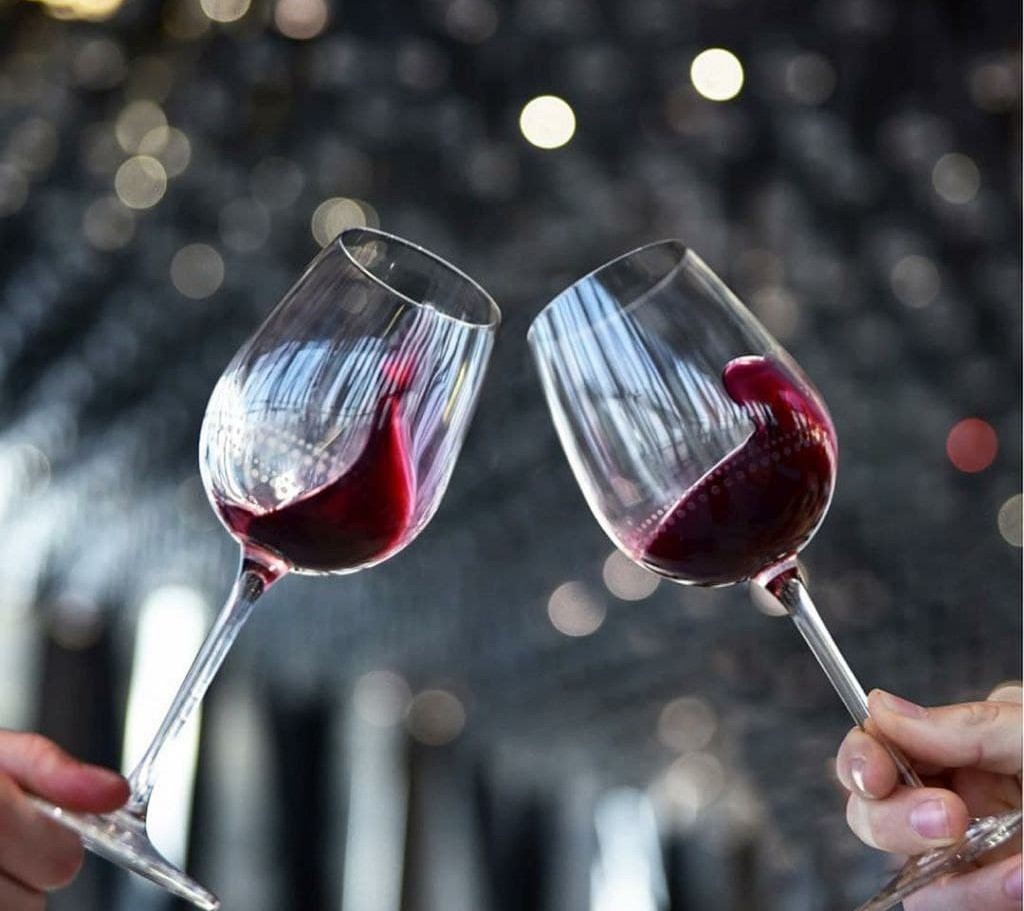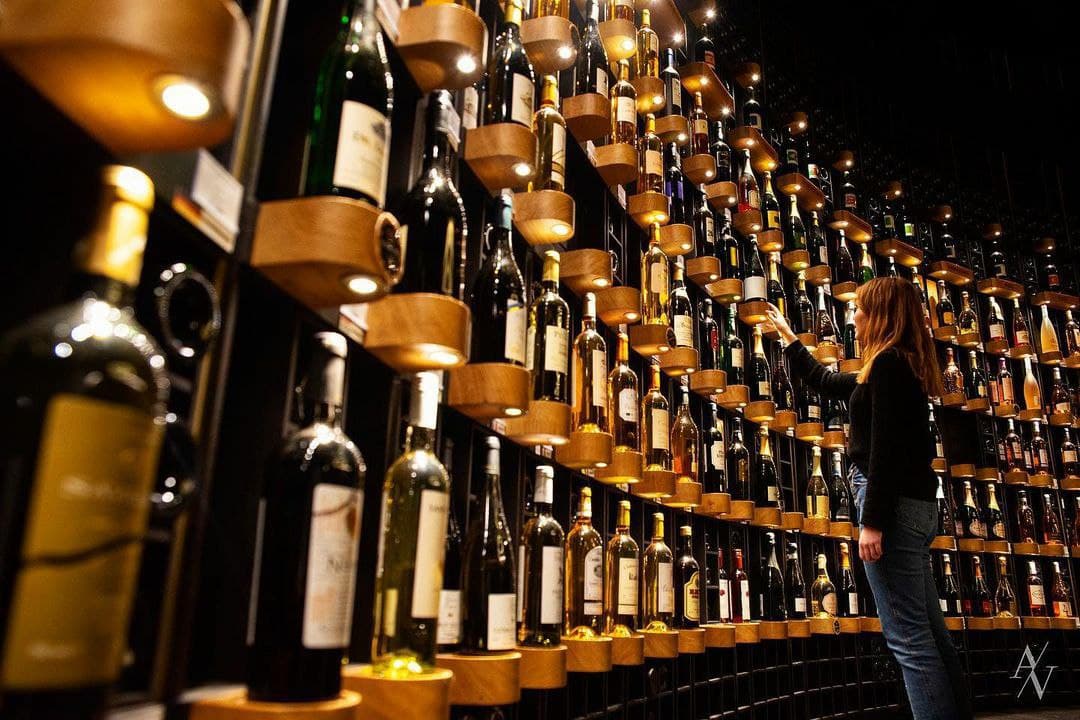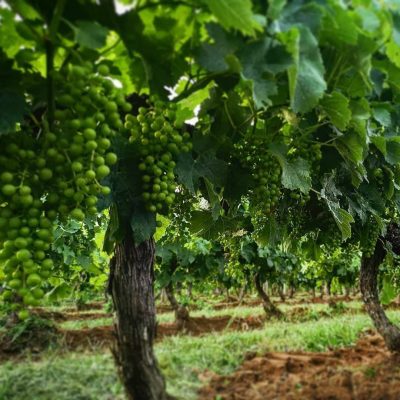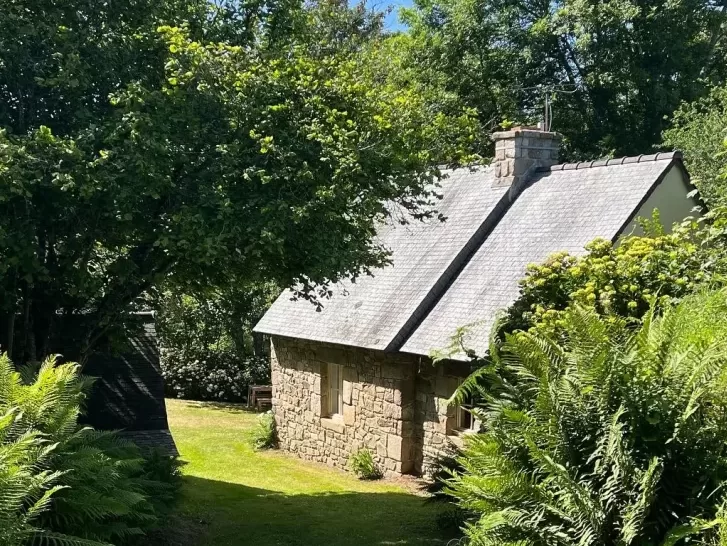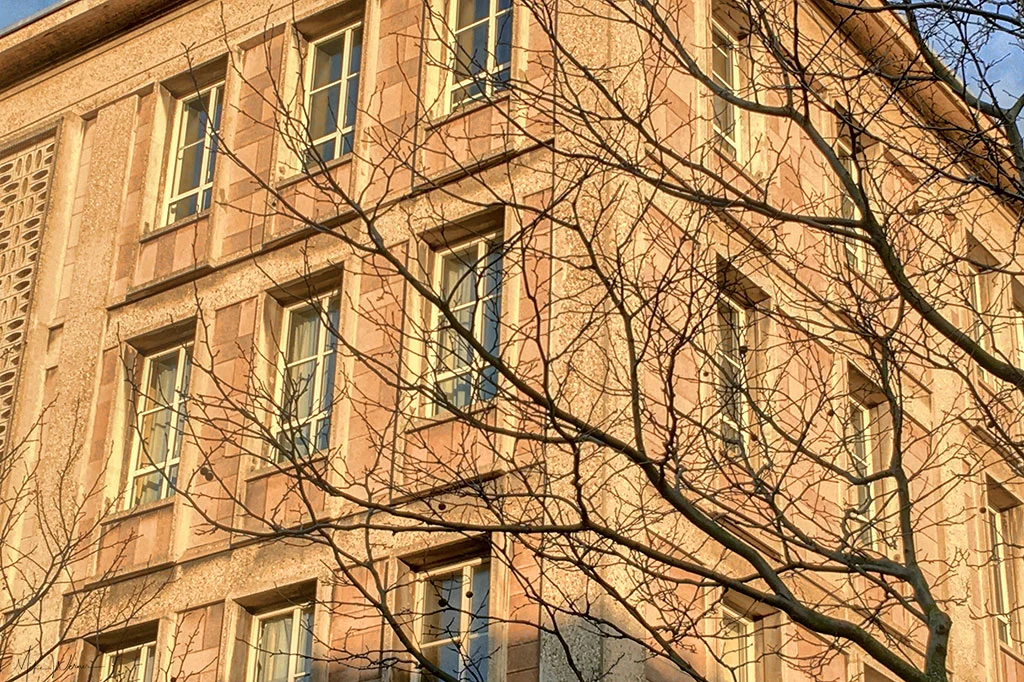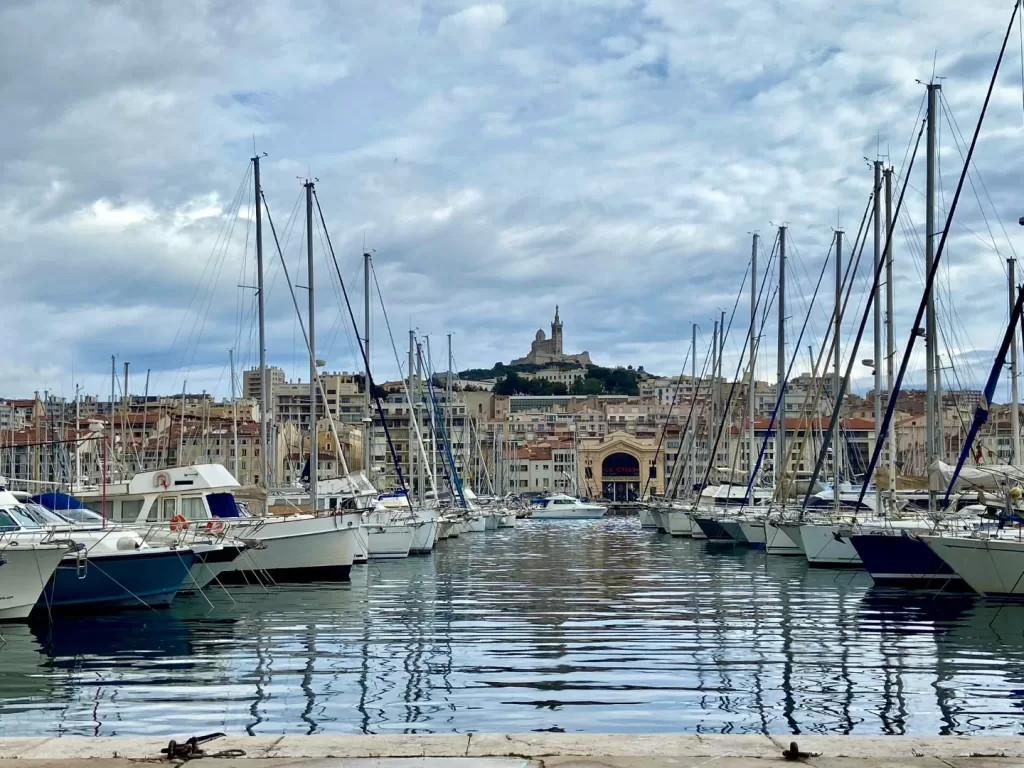Bordeaux wine: demystifying France’s most legendary wine region
Bordeaux is the largest AOC wine region in France. Almost 90 percent of Bordeaux wines are red, and the sheer size and density of the region can make picking out your perfect Bordeaux rouge a daunting process. If you don’t know your rive droite from your rive gauche, this guide will help you demystify this rich and varied wine region.
Luckily, simply learning about a few key elements of the Bordeaux region will go a long way in understanding this complex topic. Before you know it, you’ll be picking out your next bottle of Bordeaux with confidence.
Bordeaux wine: understanding the history
The history of wine in Bordeaux is as old as the city itself. Romans planted the first vines in Burdigala in about 60 BC. However, Bordeaux wine became a worldwide star much later during the city’s period of British rule.
In the 12th century, Eleanor of Aquitaine, the heir to the Duchy of Aquitaine, married the man who would become King Henry II of England.
As a result, the English settled in Bordeaux and exported wine back to England.
The King even facilitated trade by exempting wine merchants from taxes.
By the time the 300-year period of British rule ended, Bordeaux wine had reached celebrity status and garnered admiration from the British. The city’s prime port location with easy access to the Atlantic allowed the city to continue expanding its trade to England, the Netherlands, and beyond.
The magic of terroir
Before landing in our glasses, the wine we enjoy partakes in an intricate journey, affected by geology, geography, climate, and weather. Each wine captures its vineyard’s particularities and offers a unique taste based on where it was grown.
The Garonne River has always been a vital part of Bordeaux, the city’s port delivering riches throughout history. When it comes to wine, the waters of Bordeaux also play a crucial role in the terroir. The Garonne and the Dordogne rivers flow through the land’s vineyards creating three principal regions within Bordeaux: rive gauche, rive droite, and Entre-deux-Mers.
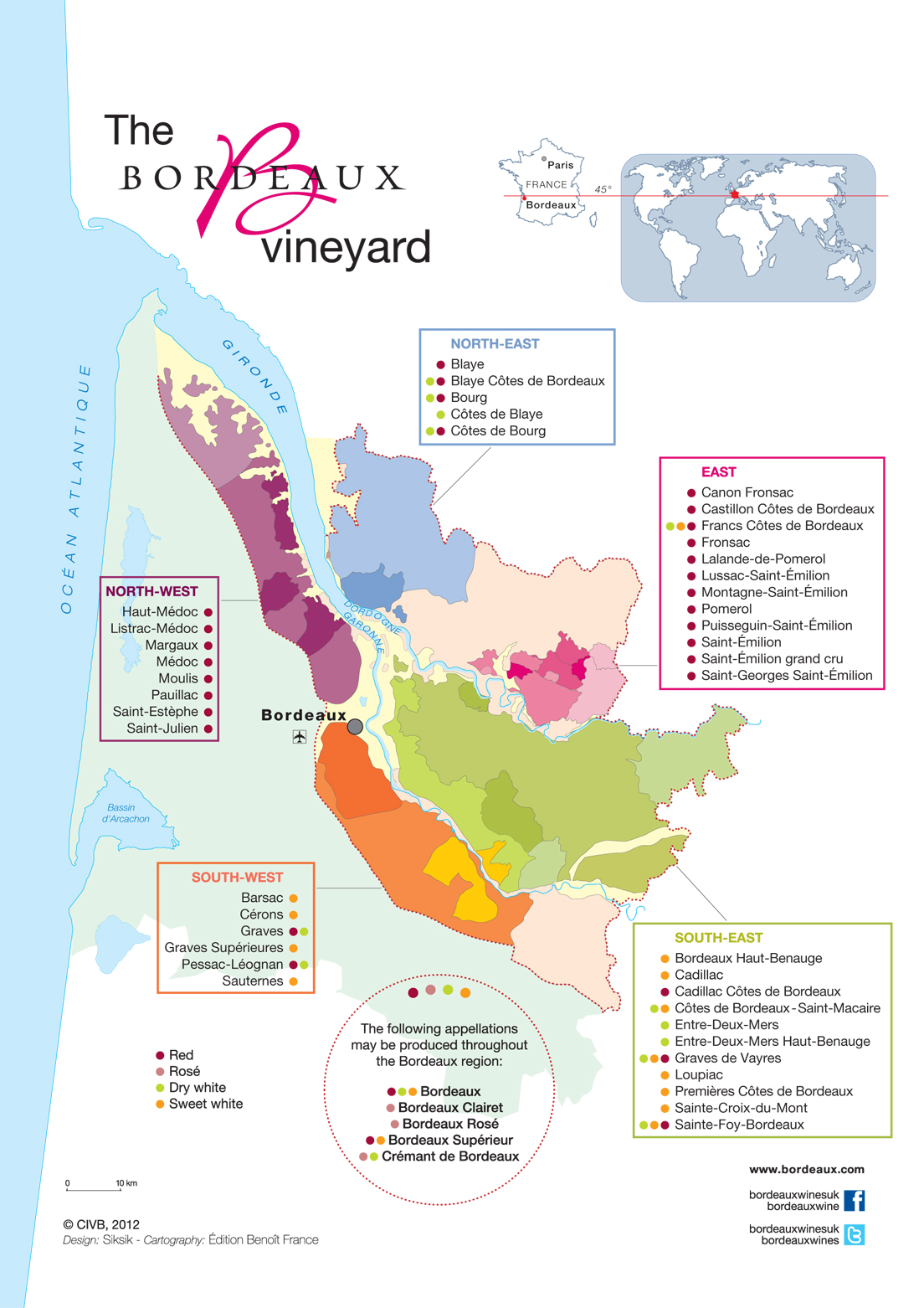
Rive Gauche
A counter-intuitive fact of wine growing is that poor soil, inhospitable to most plants, is ideal for cultivating grapes and producing marvelous wine. Bordeaux is no exception, and the rive gauche soil is particularly poor, featuring high levels of gravel. This gravel based soil affects the vines in an important way:
- Gravel facilitates water drainage, encouraging the roots of vines to dig deep into the soil in search of water.
- Consequently, the vines go through intense periods of stress promoting the better development of grapes rather than leaves.
- Additionally, gravel retains heat and reflects the sun back onto the vines.
- As a result, the grapes will be smaller, more concentrated, and with a better chance of achieving ripeness.
The gravel filled soil and the area’s temperate maritime climate allow the rive gauche to produce the ‘classic’ Bordeaux: powerful, structured, and highly tannic. Cabernet sauvignon is king, and these wines will age beautifully from five to 30 years.
Within the left bank, Médoc wines are the most well-known. Dominated by big names like Margaux and Pauillac, this area produces prized reds. In the south, we have Pessac-Léognan and Graves, offering reds as well as dry whites. We can even find luxurious sweet whites like Sauternes, born out of a unique microclimate found at the crossing of the Garonne River and its tributary, the Ciron.
Rive Droite
The right bank of Bordeaux is dynamic and varied in terms of growing and production methods. Less rooted in tradition, we can find many small family domains as opposed to the impressive estates of the left bank.
Not to say that the right bank doesn’t have a storied past when it comes to winemaking. In fact, the right bank is home to one of the most famous Bordeaux appellations, St. Emilion, named after the majestic medieval town around which Romans planted vines as early as the second century.
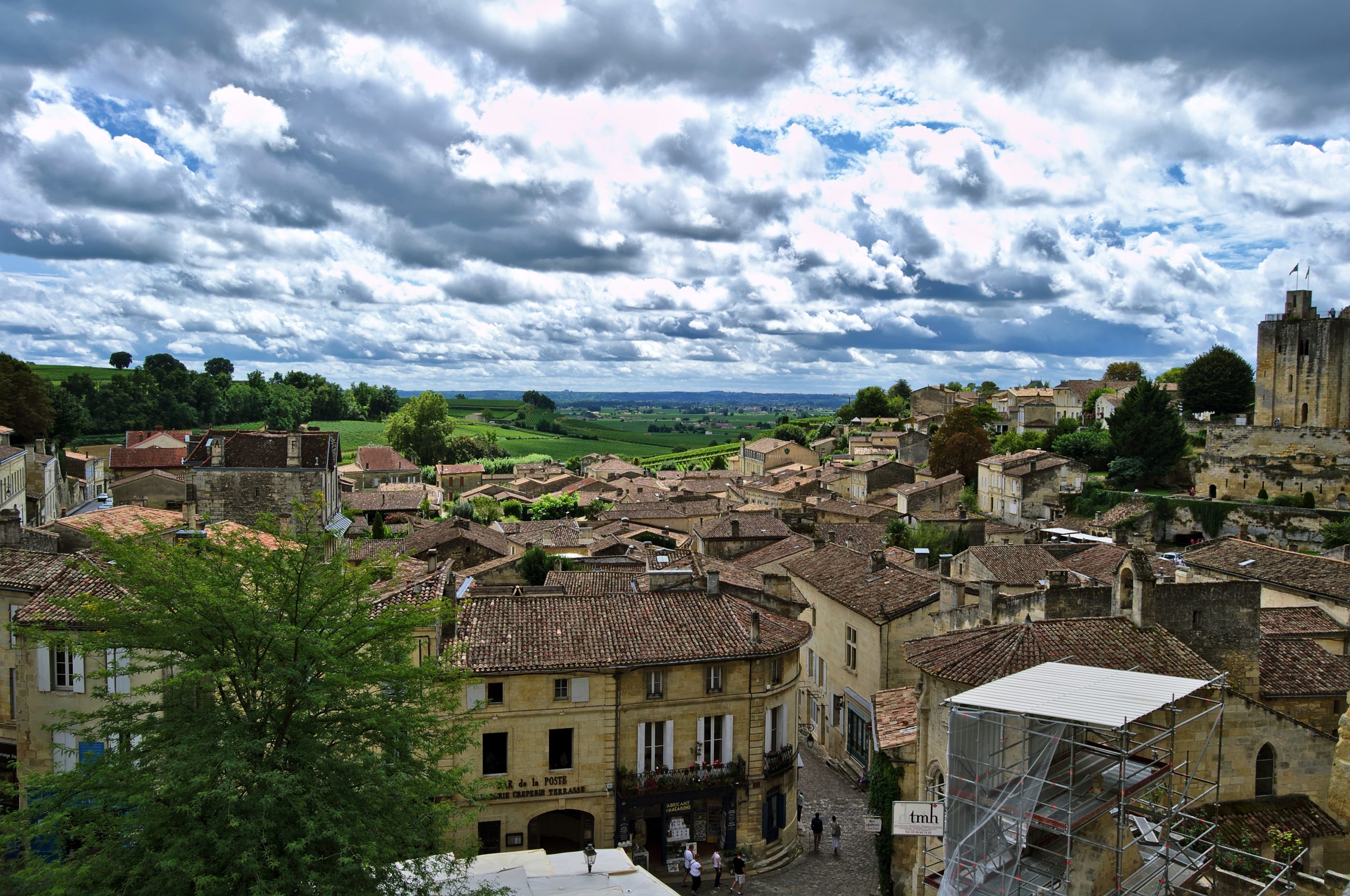
In terms of terroir, various proportions of clay, limestone, and sand make up the soil. This type of soil more easily retains rainwater than left bank soil and overall provides an easier and less stressful environment for vines to develop.
The more hospitable right-bank environment gifts us lighter, easier-to-drink reds with delectable notes of fruits rouges and supple tannins. On the rive droite, merlot thrives, and bottles can be enjoyed young.
Red wine dominates the right bank. In addition to St. Emilion, we can find appellations such as Pomerol, Blaye, and Cotes de Bordeaux.
Entre Deux Mers
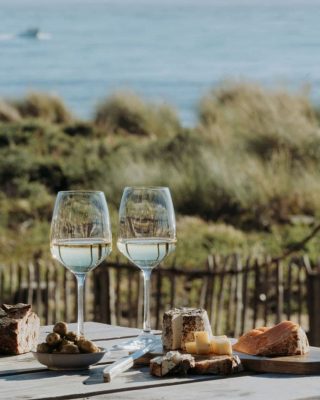
As its name suggests, Entre-Deux-Mers is the area of land found between the two rivers. This triangle of land is most often associated with dry white wine.
While Entre-Deux-Mers is no Margaux or St. Emilion in terms of worldwide fame, it is actually one of the largest appellations in France, stretching a vast 7 000 hectares.
In addition to crisp and expressive whites, this is a wonderful region for finding good value reds that share many characteristics of wines from the right bank.
Bordeaux wine: key terms to know
Assemblage is the blending of grape varieties. Bordeaux is a land of blends, and wines made from a single grape variety are rare. For red wine, our main cépages are merlot and cabernet sauvignon with smaller portions of cabernet franc, malbec, and petit verdot.
Bordeaux whites are made up various combinations of three grapes: sémillon, sauvignon, and muscadelle.
Négociants or wine merchants are part of a unique Bordeaux system that goes back to the 1600s. These merchants buy wine from chateaux before the end of the aging process. After, they sell and distribute the wine under their own brand.
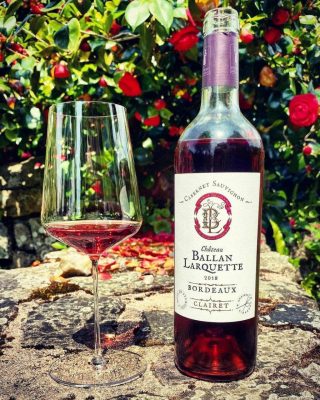
Clairet and claret are easily confused terms. Although linked historically, today these two words have distinct meanings:
Claret is a general term used in the UK to refer to a Bordeaux style red wine, while clairet is an entirely different type of wine. A beautiful compromise between a red and a rosé, a clairet is a light red wine produced only in Bordeaux.
Clairet resembles red wines in the early days of the Bordeaux wine trade before winemakers perfected aging methods. If you ever find yourself lucky enough to visit Bordeaux, make sure to sample this truly unique wine!
Have you tried these Bordeaux wines? What do you think about this wine region? Please share your thoughts in the comment section below or on Twitter @maviefrancaise
Sources:
- Complete Bordeaux Wine History and Description of the Wines via thewinecellarinsider.com
- Bordeaux secret and ‘must know’ places #1: city guide for wine via myfrenchlife.org
- Vins de Bordeaux via Bordeaux.com
- Sauternes wine: a luxurious and unique white wine via myfrenchlife.org
- Dirty Little Secret about the Soil, Terroir and Climate of Bordeaux via thewinecellarinsider.com
- What Grape Varieties make up a Bordeaux Blend? via winefolly.com
- En Primeur, Negociants, Courtiers, The Bordeaux Wine System Explained via bordeaux.com
- Claret or Clairet? via insidertasting.com
- Nous vous souhaitons un bon week-end et surtout un bon réveillon en avance ! via @laciteduvin on Instagram
- Au cœur de la cave via @laciteduvin on Instagram
- Envie de bonnes nouvelles ? via @vinsdebordeaux on Instagram
- Et si vous profitiez de l’été pour découvrir nos routes des vins et les sublimes Châteaux bordelais ? via @vinsdebordeaux on Instagram
- Notre Terroir via Bordeaux.com
- Laisser la nature faire son chemin sous un soleil estival via @vinsdemedoc on Instagram
- A view from Saint Emilion – France via Flickr.com by Diego Martínez
- Bordeaux style via @klwines on Instagram
- Ce qui caractérise nos blancs ? La fraîcheur océanique via @vinsdebordeaux on Instagram
- Vous avez sûrement vu fleurir des publications mentionnant le #collectif21 orchestrée par @aveineofficiel via @helenecellar on Instagram
Want to learn more about Bordeaux wine?
Read our article about Sauternes: a unique Bordeaux white wine

